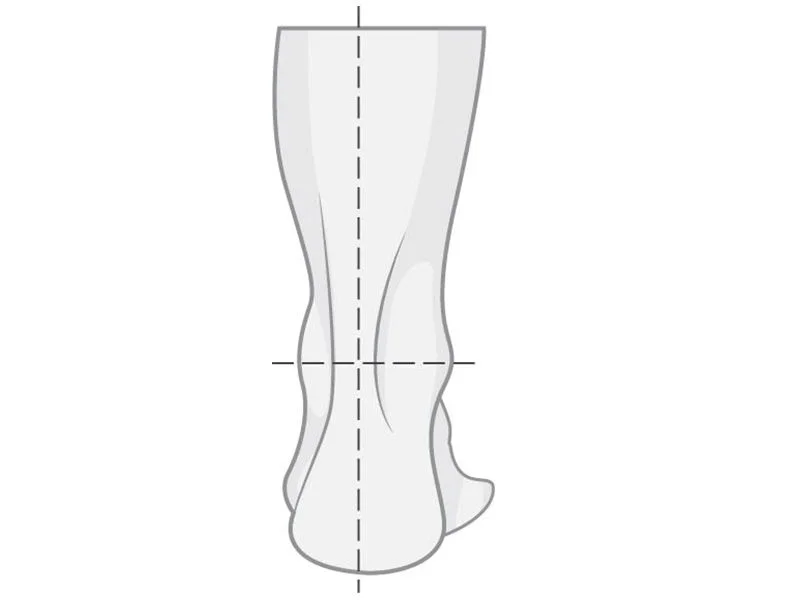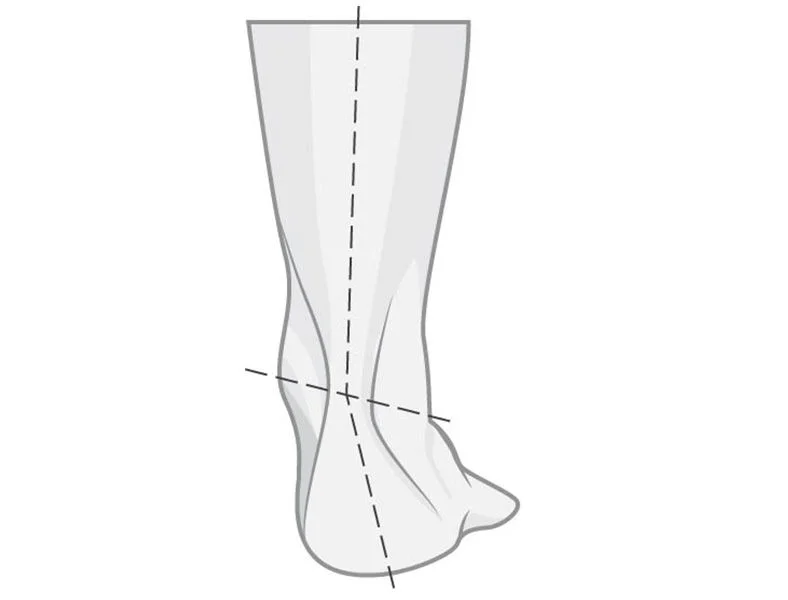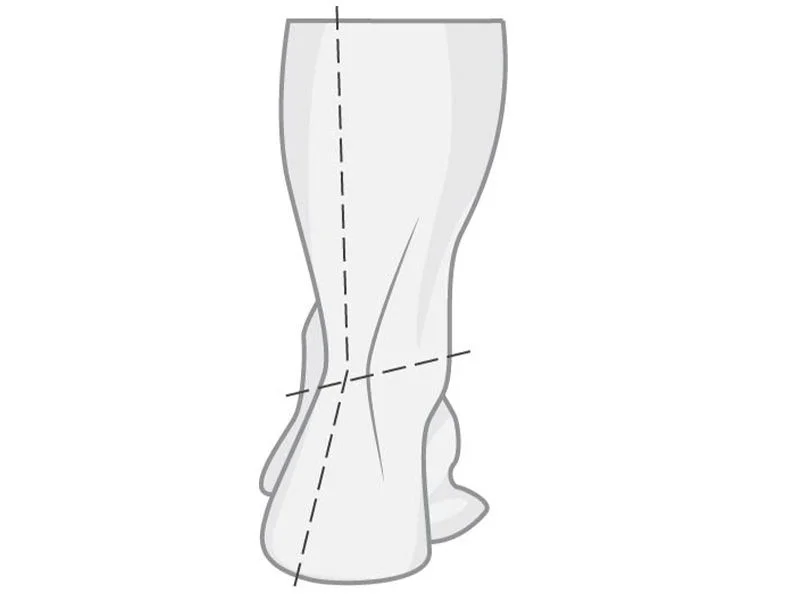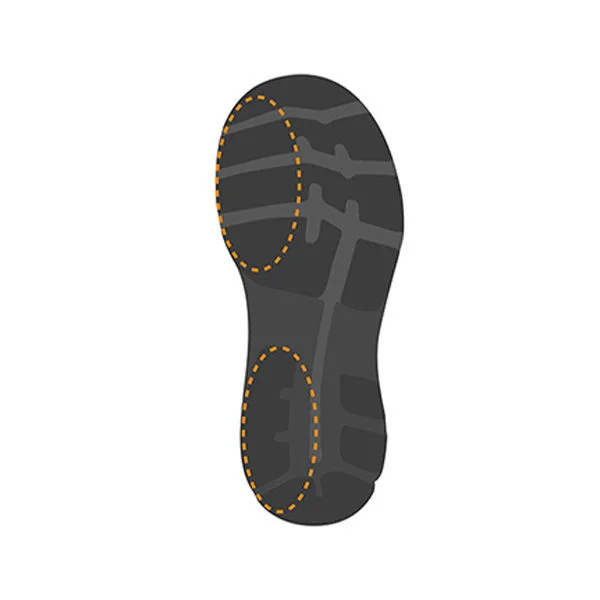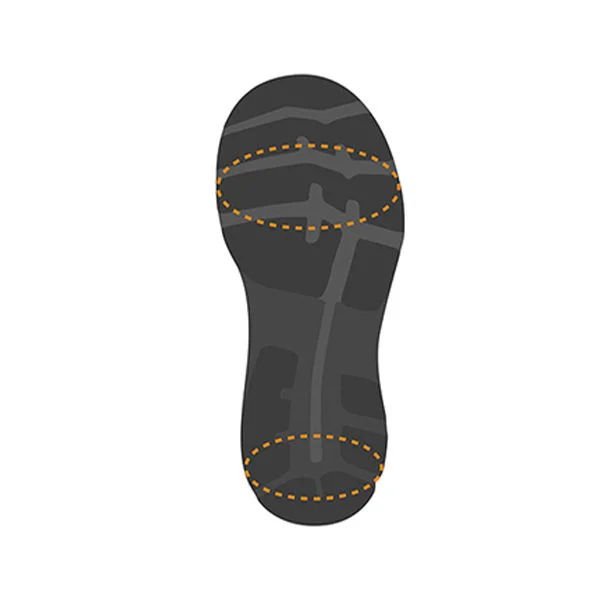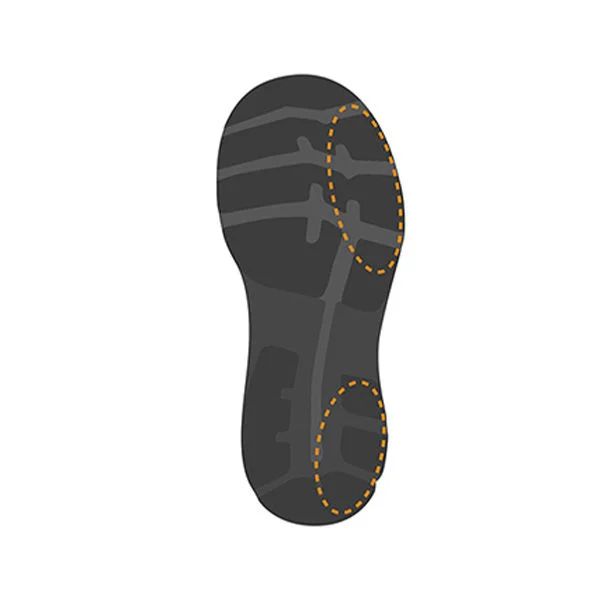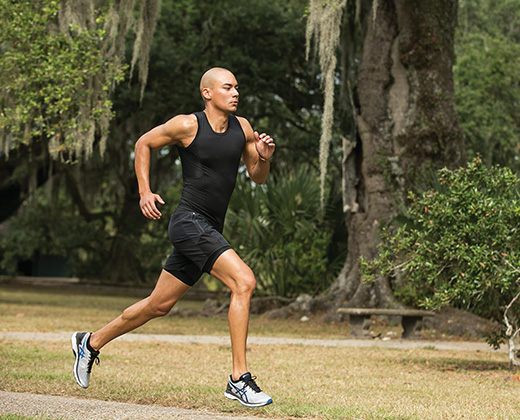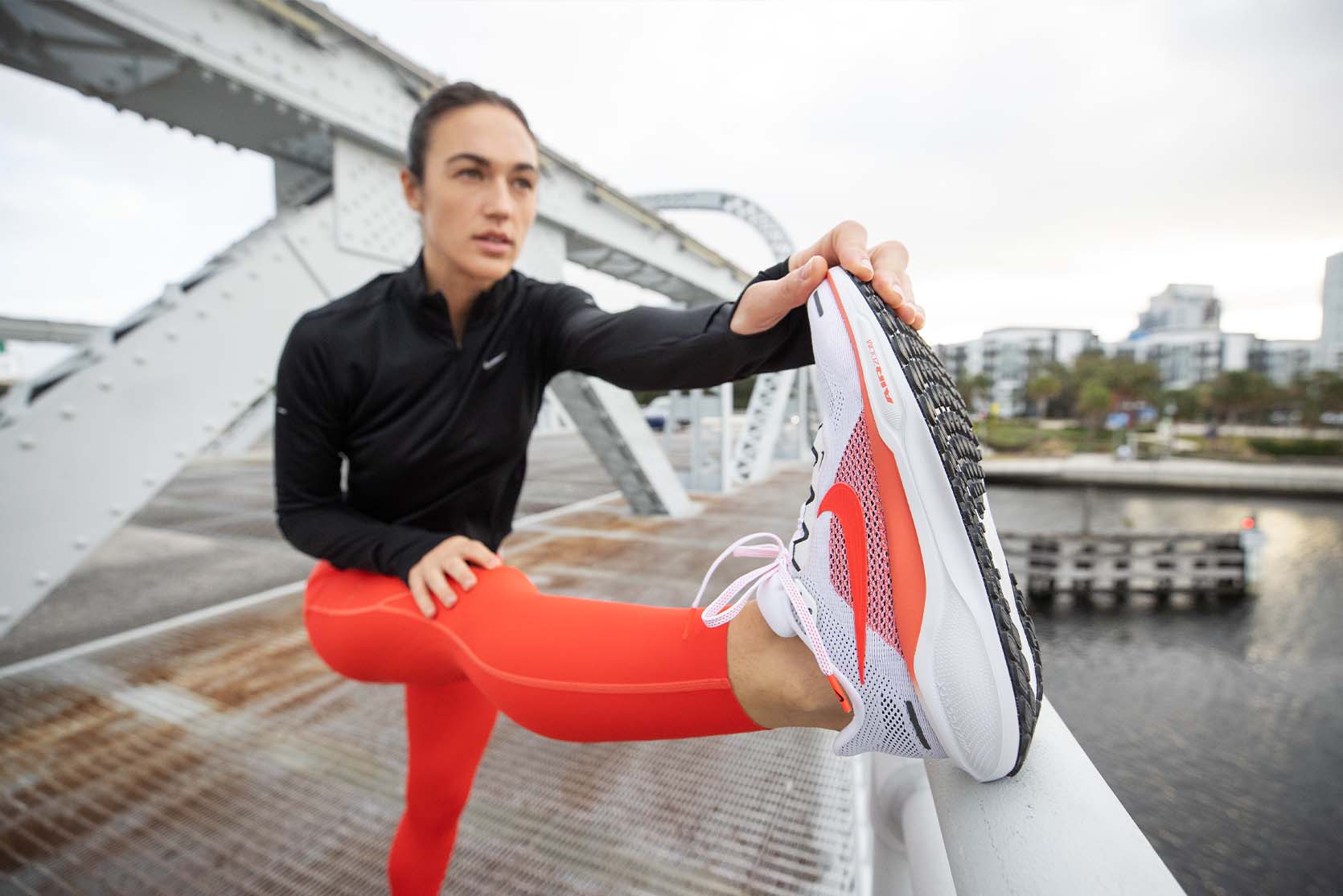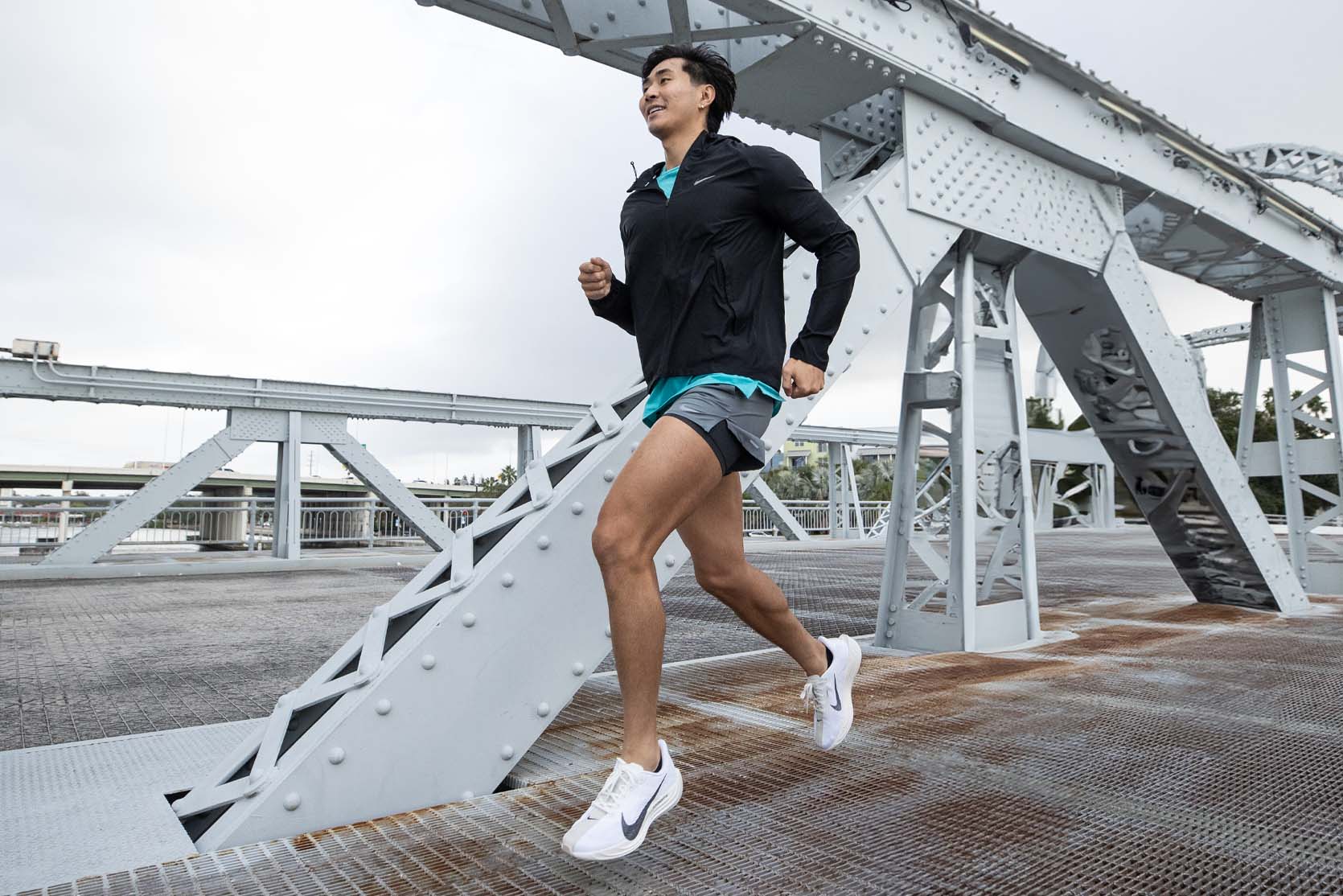How To Buy Running Shoes
Hit your stride on your next run with this helpful guide.
Whether you’re running a marathon or enjoying casual jogs, a shoe that supports your goals is key to success. With so many factors to consider, the ideal running shoe can be difficult to choose without the help of experienced insight.
Luckily, our DICK’S Sporting Goods Run Ambassadors are here to support you every step of the way and provide a jumping-off point for your running shoes journey.
Start here, then stop in store to lock in the right shoe for you. “Comfort and fit are key aspects and they’re best determined by the athlete. That’s why we always encourage runners to try on in-store and feel the fit for themselves,” says Run Ambassador Ian Parmiter.
What’s Your Running Environment?
Where will you be running? Pavement, packed trails or more rugged terrain? The surface you run on will indicate the type of shoe you need,
Traditional Running Shoes
These come in a wide range of styles and are made for running on pavement, packed trails and indoor surfaces. They are typically lightweight and designed with flexible outsoles.
Trail-Running Shoes
Dense rubber outsoles fortify most trail running shoes, providing tread and durability against off-road terrain.
Find Your Gait Type
Before you can choose the type of shoe you need, it’s important to consider your running gait.
The heel strikes the ground first and your foot rolls slightly inward to absorb the shock. The foot may pronate, which means to turn down or inward, but not excessively. The foot evenly pushes off at the end of the gait. Runners with a neutral gait should consider neutral running shoes.
The outside of the heel strikes the ground and rolls excessively inward. This hinders the foot and ankle’s ability to stabilize your body and absorb impact. Runners who exhibit overpronation should go with stability or motion control shoes.
The outside of the heel strikes the ground first but does not roll inward through the gait cycle. This causes the impact to concentrate in a small portion on the outside of the foot, decreasing impact absorption. This gait type can benefit from a neutral shoe with plenty of cushioning.
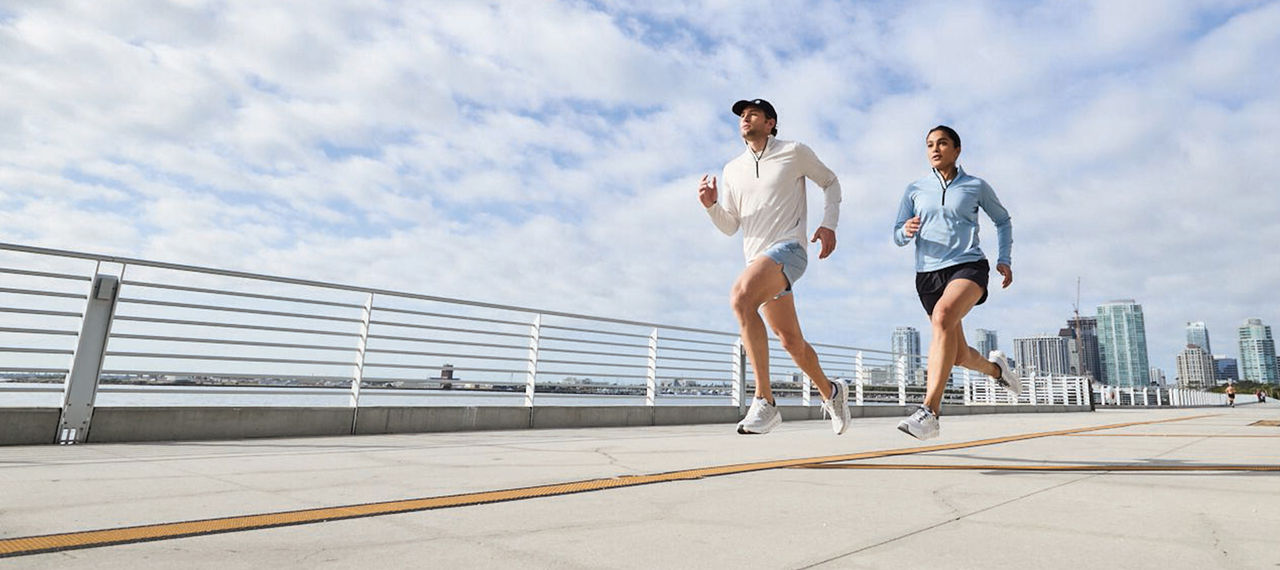
Find Your Tread Wear
An easy way to find clues about your gait type is to check your running shoe tread. If you do not have a pair of running shoes to check, look at a pair of well-worn sneakers.
Find Your Arch Type
Another way to find your gait type is to understand which type of arch you have. You can check by wetting the sole of your foot and making an imprint on a paper towel.
Footsteps leave imprints that are nearly whole, appearing much like the entire sole of the foot. This type of arch is usually flexible and likely to overpronate.
Footsteps leave imprints that show only the heel and forefoot connected by a wide band.
Runners with this type of anatomy usually have a semi-flexible arch.
Footprints leave imprints that show only the heel and forefoot connected by a thin band. High-arched feet are more rigid and do not typically pronate enough to effectively absorb impact.
If you are still unsure of your gait type, visit your local DICK’S Sporting Goods. The running PROS will provide a complimentary gait analysis to help find the right type of shoe for you. Learn more about gait analysis with Pro Tips.
Find Your Running Shoe Fit
Next is understanding your optimal fit. Run Ambassador Ryan Marshall says, “As a whole, I recommend at least one half of a thumbnail to one thumbnail of space from where your toe is to the end of the shoe. Typically, that ranges from about one half-size to a full size of what you measure at.”
This added room can help improve your running comfort due to the natural toll running takes on your feet. With every pavement-pounding step, your feet can begin to swell. The right fit allows your feet to expand comfortably as you log the miles.
There are instances, however, where a tighter-fitting shoe can come in handy. According to Run Ambassador Amy Adkins, a snug-fitting shoe can be great for speed training or trail running. The added tightness can create a more form-fitting feel, holding your foot in place for agility and security. In your buying process, make sure to consider your intended running type as well as your personal preferences.
It's also important to find the proper shoe to accommodate the width of your foot – some styles are available in narrow, medium and wide options.
Find Your Running Shoe Type
Each type of shoe offers different qualities for various running styles.
Stability Running Shoes
Stability shoes are for runners who experience mild to moderate overpronation with low or flat arches. They feature adequate medial support and midsole cushioning. These shoes can help distribute the impact of running to minimize overpronation.
Neutral Running Shoes
This type of running shoe complements neutral runners with medium arches. Neutral running shoes can also benefit runners with high arches who exhibit supination, also known as underpronation. Neutral running shoes offer midsole cushioning and support designed for added shock absorption.
Cushion Running Shoes
FPO -
Speed Running Shoes
FPO -
Motion Control Running Shoes
These shoes can be a great choice for runners who exhibit moderate to severe overpronation. Motion control shoes have extra built-in support and flatter outsoles. This combination can help combat excessive pronation to help stabilize the foot.
Carbon-Plated Running Shoes
These are designed to be lighter and more responsive and can help improve performance and endurance and reduce the stress on your muscles. A great choice for tempo and speed work, they are designed to help optimize running mechanics for a higher energy return, which is especially valuable for race runners and marathoners. The midsole is curved, lifting the heel in the shoe to help increase forward momentum without sacrificing comfort.
As with any shoe, it’s best to gradually work carbon-plated running shoes into your training routine before a big run.
A Few Final Considerations
It’s also important to consider the amount of cushion you need and also, how much you prefer. This will vary by runner!
Stack height, the distance between your foot and the ground while wearing your shoe, also plays a role in shock absorption and total feel. High stack height running shoes offer more cushioning while lower stack height running shoes provide a more natural feel. The majority of shoes on the market currently feature medium to high stack heights.
You may also want to consider the shoe’s heel-to-toe drop, the height between the heel and the forefront of the running shoe. The higher the heel drop, the more elevated the heel is than the forefoot. Some runners prefer high-drop shoes for more support while others prefer zero-drop shoes for a more natural feel.
Finding your sweet spot can also be helped by introducing insoles to the equation. Insoles are extremely popular among runners to further customize and find the perfect running fit.
Ready to Find Your Perfect Pair?
Complete your setup with advice on what to look for in running socks and learn how to choose a pair of running shorts.
Shop the entire collection of men’s running shoes and women’s running shoes. You can also see our favorite picks for best running shoes for men or best running shoes for women.
Remember: You’ll want to replace your running shoes every 300 to 400 miles.
Searching for the right size? Look for the True Fit icon on apparel and footwear product pages when shopping online at DICK’S Sporting Goods. Get personalized size and fit recommendations with just a few clicks. Learn more about True Fit.


